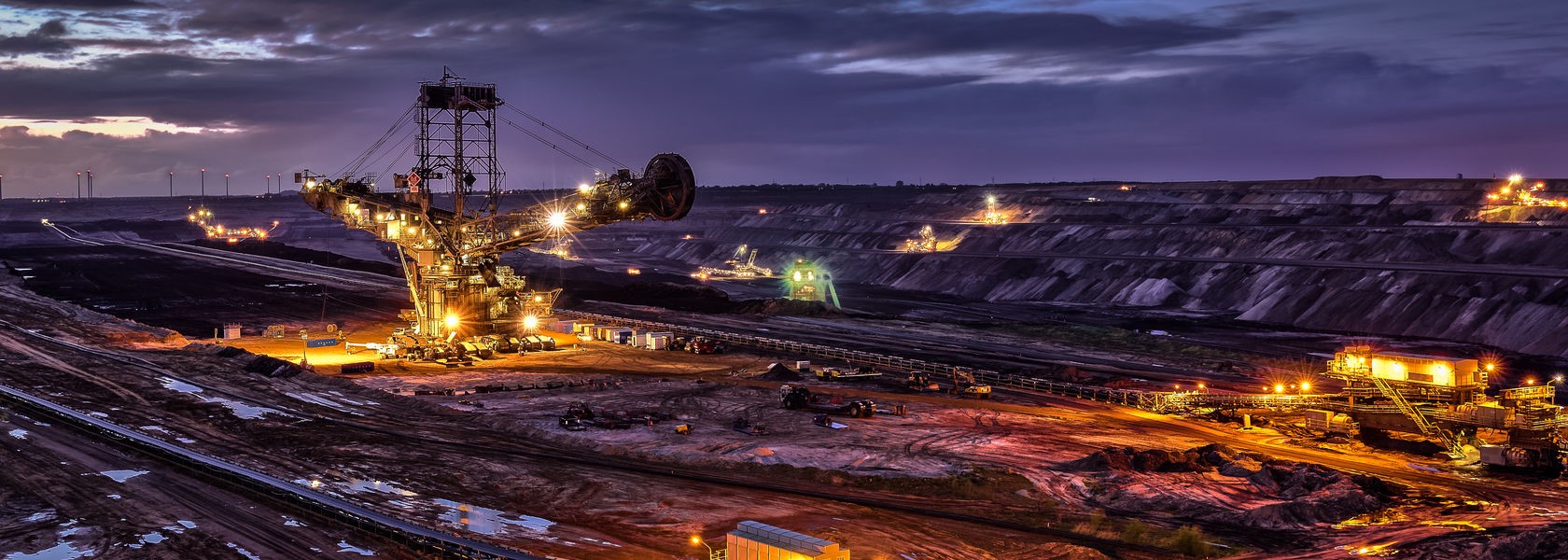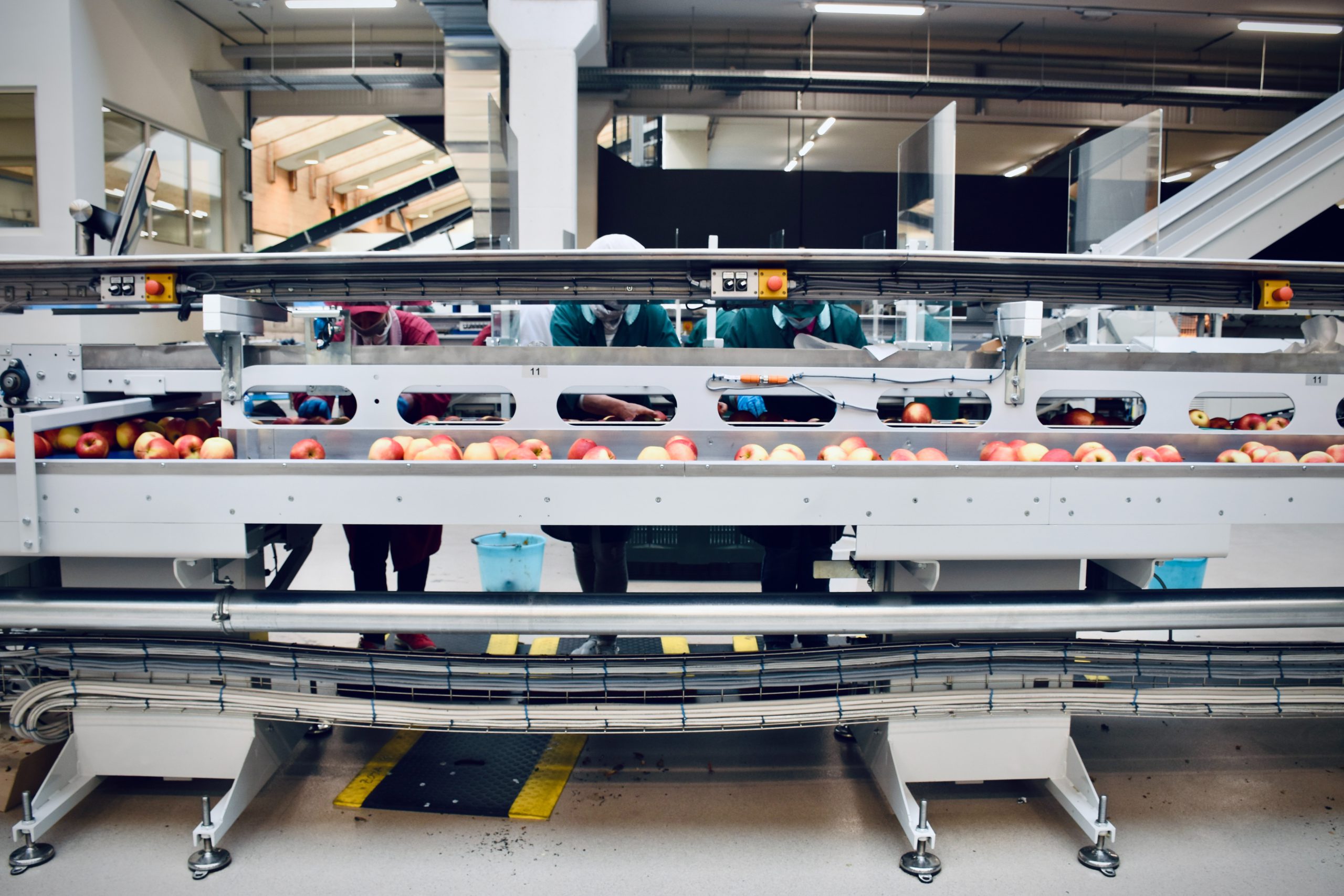

From the series of intelligent industries handbooks
Advanced Analytics in Mining Engineering
Intelligent Industries; A Revolution for The Future of Technology

Data analytics is no longer a luxury but is viewed as a necessity for an industry generating trillions of dollars every year. There are many phases of the mining process where data analytics can be put to practical use. The mining industry is increasingly using advanced analytics (AA) and artificial intelligence (AI) applications to optimize processes, enhance decision-making, derive value from data, and improve safety.
Five key application areas in mining – where high operational costs and business value are created – are ore extraction, mining and handling mined materials, grinding materials in preparation for processing, separating and concentrating the usable components into saleable products, and mined material transferring. While there are many benefits to AA implementation in the mining industry, it is still a very new applied science, and there is much work that needs to go into a successful application. During the AA in Mining Engineering Handbook, readers will learn the AA and AI application opportunities in the mine value chain, from exploration to marketing.
The 4th industrial revolution is the 21st-century convergence of digital, physical, and biotechnologies driving an unrelenting acceleration of human progress. Advances in computing power, AI, the internet of things (IoT), and machine
learning (ML) enable mining companies to speed growth and create exceptional experiences in different operational areas. The technology of the 4th revolution is inseparably tied to the vast amounts of data needed to train AI algorithms and other critical forms of modern technology. The need for data has led to exponential growth in gathering it, and AA has gained massive momentum in the industrial mining sector.
The main objectives of this handbook are present the scientific concepts and provide industrial case studies for different applications of AA in mining, which can be grouped into three main areas:
Descriptive Analytics: Its function is to describe, diagnose, and discover what trends and patterns occur in a given process, thanks to the real-time study of historical data.
Predictive Analytics: Based on more advanced mathematical methods that include statistical analyses, data mining, predictive models, and ML, among others. Its function consists of predicting events that can occur in the future, thanks to developing a predictive model.
Prescriptive analytics: Its function consists of defining the actions to obtain the best results in a process. It relies on predictive models, scenario simulations, localized rules, and technical optimization to transform data and recommend obtaining the desired result. This level of analytics is greater and more robust. It uses complex event processing, neural networks, heuristic learning, and “ML,” among others.





